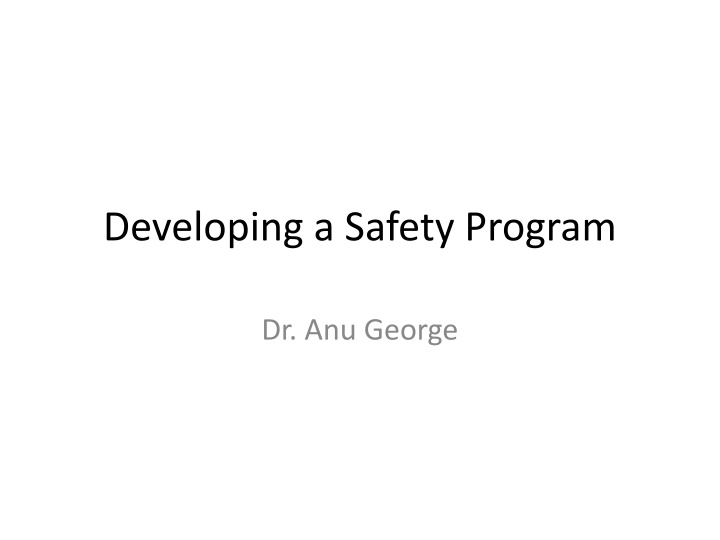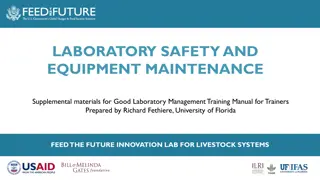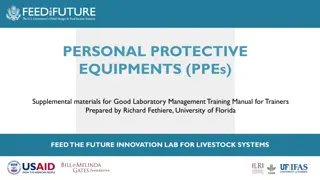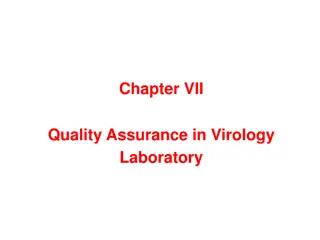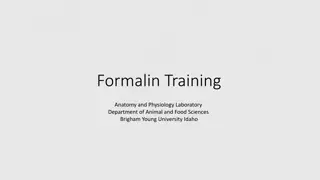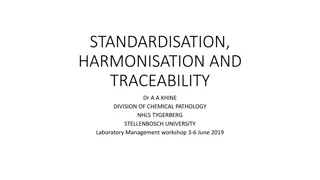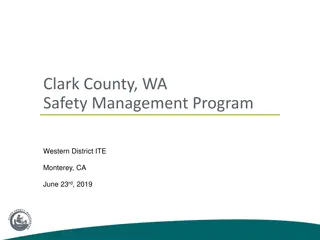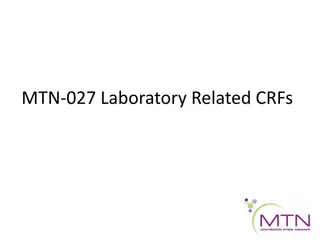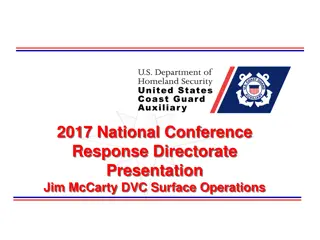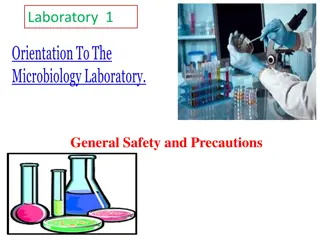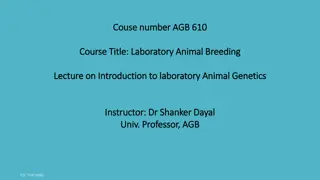Developing a Laboratory Safety Program
Establish and enhance safety measures in laboratory settings by conducting safety audits, risk assessments, and providing comprehensive training at all levels. Develop protocols, set up a safety committee, and implement safety policies to ensure a safe work environment. Regularly review and update safety procedures to prevent injuries and accidents.
Download Presentation

Please find below an Image/Link to download the presentation.
The content on the website is provided AS IS for your information and personal use only. It may not be sold, licensed, or shared on other websites without obtaining consent from the author.If you encounter any issues during the download, it is possible that the publisher has removed the file from their server.
You are allowed to download the files provided on this website for personal or commercial use, subject to the condition that they are used lawfully. All files are the property of their respective owners.
The content on the website is provided AS IS for your information and personal use only. It may not be sold, licensed, or shared on other websites without obtaining consent from the author.
E N D
Presentation Transcript
Developing a Safety Program Dr. Anu George
Basics. Understand of the components of a good laboratory safety program. Evaluate your workplace and procedures to list hazards and formulate strategies: Safety Audits/ Risk Assessments Understand the components required in training sessions Create hazard awareness in management, technical supervisory and worker levels Define management, technical supervisory and worker level safety responsibilities. Evaluate compliance periodically Plan, Do, Check, Act
Plan State your hospital s Safety Policy Develop Protocols Develop Safety Manual Set up a Safety Committee Define Roles & Responsibilities
Do Training Facilitate Administrative Inputs Setting and monitoring Quality Indicators Implementing the Plans and Protocols in all aspects, in all departments Facilitate reporting Investigate Accidents Facilitate Emergency Response
Check Safety Audits May use the checklist at the end of the Module / the ISO 15190 Checklist/ Make your own Risk Assessments
Act Management Reviews Discussion with District and State Authorities Review Program at fixed intervals
Repeat: The Key Words Policies Roles and Responsibilities Administrative Requirements Training and Orientation Audits and Assessments Accident Investigations First Aid / Emergencies Program Review
Statistics Speak.. 40 -70% of all safety violations go unreported 37.6% of Hepatitis B, 39% of Hepatitis C and 4.4% of HIV AIDS in HCW are due to needle stick injuries
Lab Injuries, Some international Statistics
